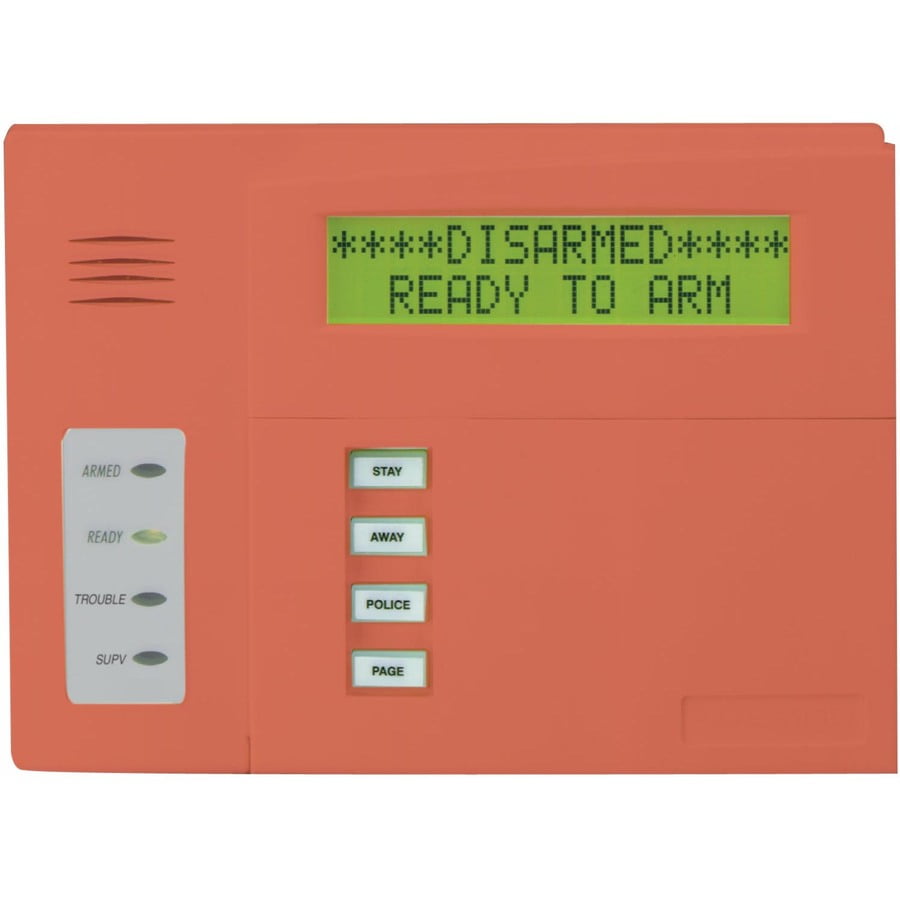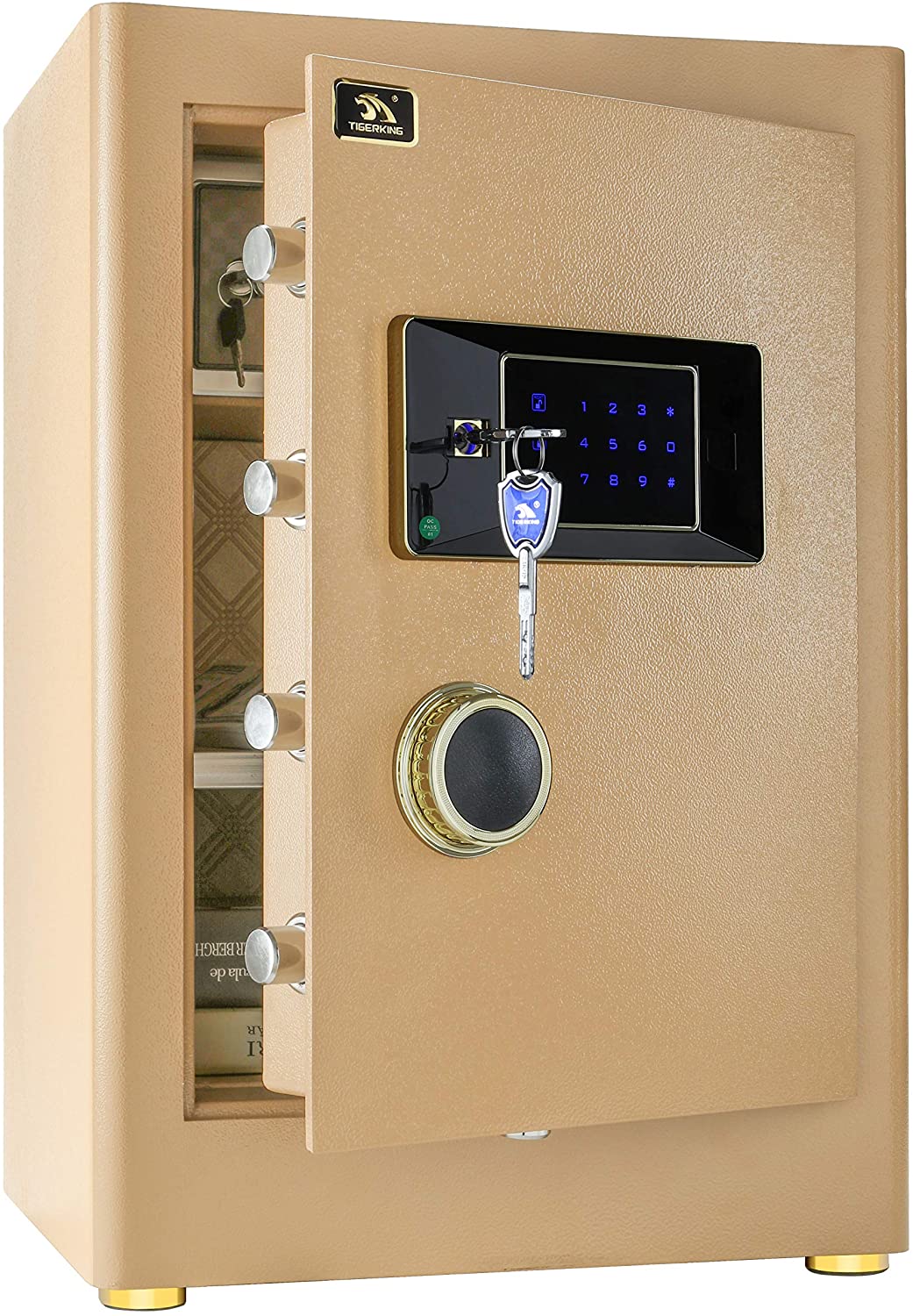

- HONEYWELL ALARM KEYPAD OVERRIDE SERIAL
- HONEYWELL ALARM KEYPAD OVERRIDE UPDATE
- HONEYWELL ALARM KEYPAD OVERRIDE FULL
- HONEYWELL ALARM KEYPAD OVERRIDE CODE
Server-side code is written in Javascript and runs under latest NodeJS and depends on express serialport, ws and rxjsĬlient-side code is a HTML5/CSS3/Javascript application running in the browser.


In particular, 8-bit with mark parity is equivalent to 9-bit without parity when the 8-bit character is ORed with 0x100. To parity or not to parity…Īs said, in little-endian, 8-bit with parity and 9-bit without parity are equivalent. I believe the LCD keypad consumes "P" messages as well, as information regarding the status of the power and day LEDs doesn't seem to be show up anywhere in "L" messages. LCD data is a sequence of bytes, either printable (ASCII) or control codes, mostly for managing the cursor: codeĬursor position is determined by the subsequent byte: position Lenght information is necessary, as messages are not terminated and size is not fixed, thus the receiver needs to know the message size upfront. The “L” character, being the first byte of the message, has mark parity.
HONEYWELL ALARM KEYPAD OVERRIDE FULL
Whenever the status of at least one of the LEDs needs to be updated, a new message is sent.Įach message is a full representation of all the LEDs on the keypad. Please note some responses are sent exclusively as audible tones, delivered as analogue signals via a separate keypad bus wire labeled SOUNDS. Messages of a given type are sent only if they differ from the previous message of the same type.
HONEYWELL ALARM KEYPAD OVERRIDE UPDATE
The panel sends out one or more messages whenever it needs to update the status displayed on the keypads. is the code representing a physical or virtual (key combination) button on the keypad: code The “K” character, being the first byte of the message, has mark parity. In fact, the protocol is fairly straightforward.Īny message consists of a single byte command, one or more bytes of data and a one-byte checksum of all the preceding bytes. Luckily, all communication between panel and keypads is not encrypted nor obfuscated. In fact, considering bits are sent LSB first (little-endian), the parity bit is just the 9th bit of data.Īny message is sent over the bus with mark parity on the first byte and space parity on the remaining bytes. A quick analysis with the logic analyzer revealed a slightly unusual protocol: RS-232 with 8 bit of data, mark/space parity and 1 stop bit or, if you prefer, 9 bit of data and 1 stop bit, which is the same. The keypads (in LED and LCD variants) communicate with the panel over a single wire (half-duplex, shared bus) using TTL levels (+5v low, 0v high). Recently, I started dreaming of a more sophisticated panel, and after thinking of a possible upgrade, I decided to hack mine.Īfter a bit of googling, I found a blog with a couple of interesting posts ( this and this) providing useful background on the protocol and signalling used on the keypad bus, along with a description of the messages exchanged between the keypad and the panel.
HONEYWELL ALARM KEYPAD OVERRIDE SERIAL
You cannot expand zones, you can’t operate it remotely with your smartphone, it doesn’t expose a standard serial interface to play with. It works very well for residential use but, clearly, it’s not designed for extension. IntroductionĪccenta G4 is a simple, reliable, affordable intruder alarm panel made by Honeywell Security. Virtual keypad for Honeywell Security Accenta G4 panel.


 0 kommentar(er)
0 kommentar(er)
